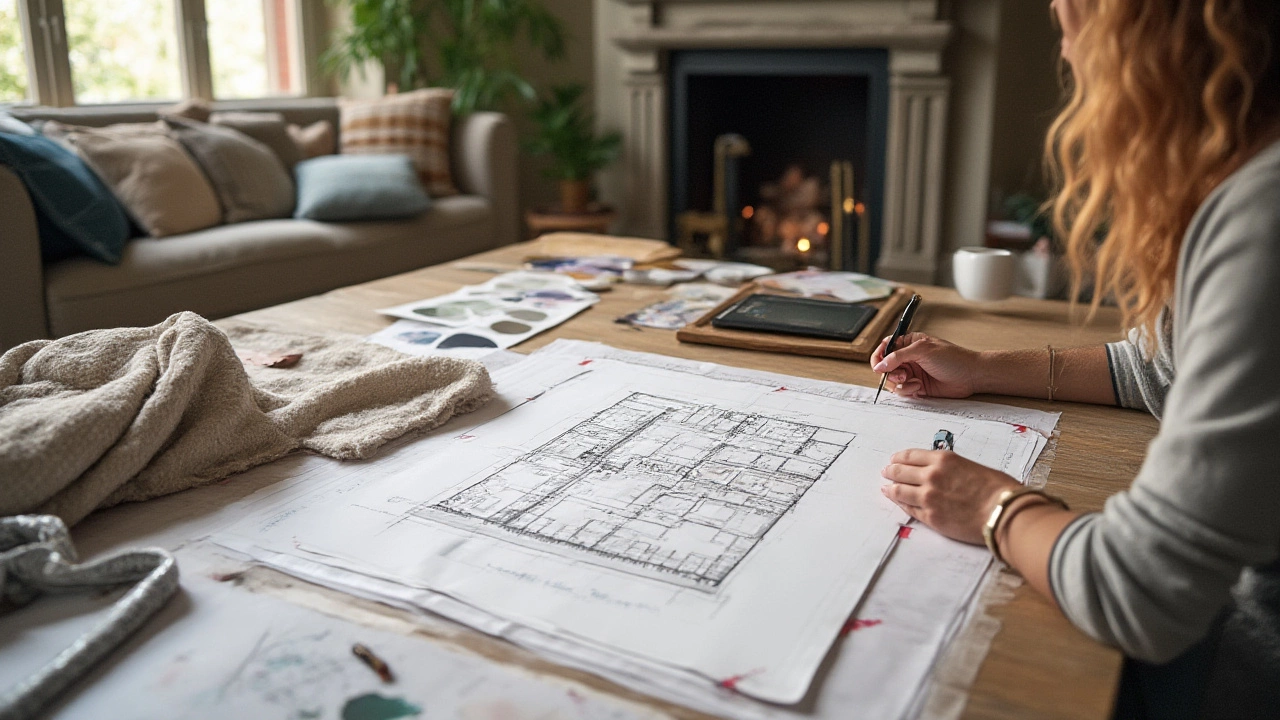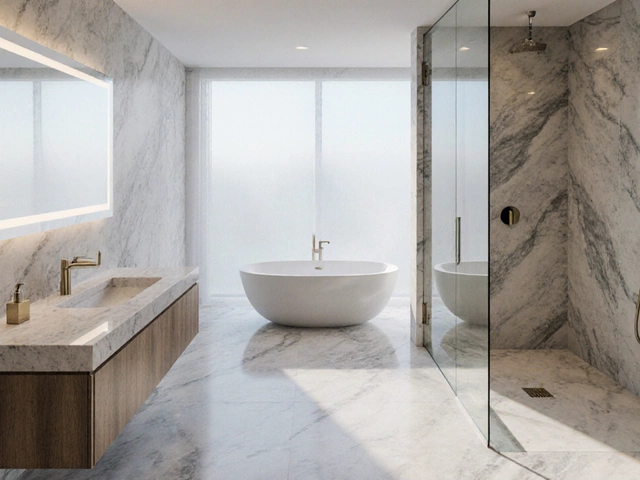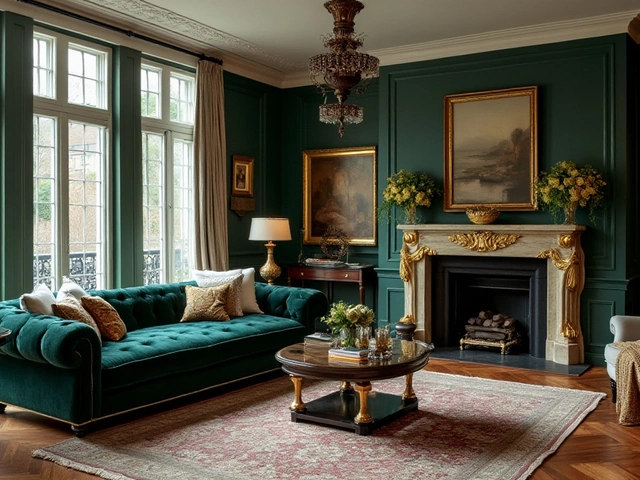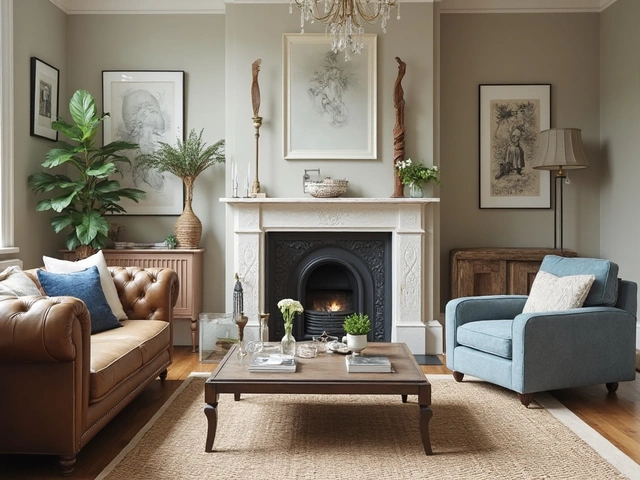Measuring for Interiors: Simple Steps to Get Precise Dimensions
Getting the right numbers before you start a redesign saves you time, money, and a lot of frustration. Whether you’re buying a new sofa, laying flooring, or hanging art, accurate measurements are the backbone of any successful interior project.
Essential Tools for Accurate Measuring
You don’t need a fancy laser device to do the job, but a few basic tools help you stay consistent. A sturdy steel tape measure (25 m is a good length), a pocket‑size notebook or a note‑taking app, a pencil, and a level for vertical checks are all you really need. If you have a smartphone, download a simple room‑measuring app that lets you capture dimensions with the camera – it’s handy for double‑checking hard‑to‑reach spots.
Step‑by‑Step Room Measuring Checklist
1. Sketch a rough floor plan. Draw the shape of the room on paper or in your app. Note doors, windows, and any built‑ins like closets. This visual guide keeps you organized as you record numbers.
2. Measure wall lengths. Start at one corner, pull the tape straight across, and write down the length. Do this for every wall, including any alcoves or bay windows. Remember to measure from the inside of the wall to the inside – that’s the usable space.
3. Capture ceiling height. Place the tape at floor level, extend it to the ceiling, and note the height. If you have a sloped ceiling, measure at the highest and lowest points – you’ll need both numbers for custom furniture or lighting.
4. Record window and door openings. Measure width and height of each opening, then add the distance from the floor and from the nearest wall. Knowing these gaps helps you pick the right curtains, blinds, or door hardware.
5. Note floor area for rugs. Multiply length by width for rectangular rooms. For odd shapes, split the space into rectangles or triangles, calculate each area, and add them together.
6. Map existing furniture footprints. Measure the length, depth, and height of each piece you plan to keep. Sketch their placement on your floor plan. This step shows you where you have room to move or add new items.
7. Double‑check everything. Go over each measurement a second time. It only takes a few extra seconds, but it prevents buying a sofa that’s too big or cutting flooring too short.
When you write down numbers, use the same unit throughout – centimeters or inches – and convert only at the end if needed. If you’re sharing the plan with a contractor, include a simple legend so everyone knows what each line represents.
Now you have a reliable blueprint of your space. Use it to experiment with layout apps, compare furniture sizes, or simply visualize how a new color will look on a particular wall. Accurate measurements turn guesswork into confidence, and that’s why every interior makeover starts here.
Ready to start measuring? Grab your tape, pull out a pen, and let those numbers guide your next design move. You’ll be surprised how much smoother the whole process becomes when you’ve got the right data at your fingertips.






